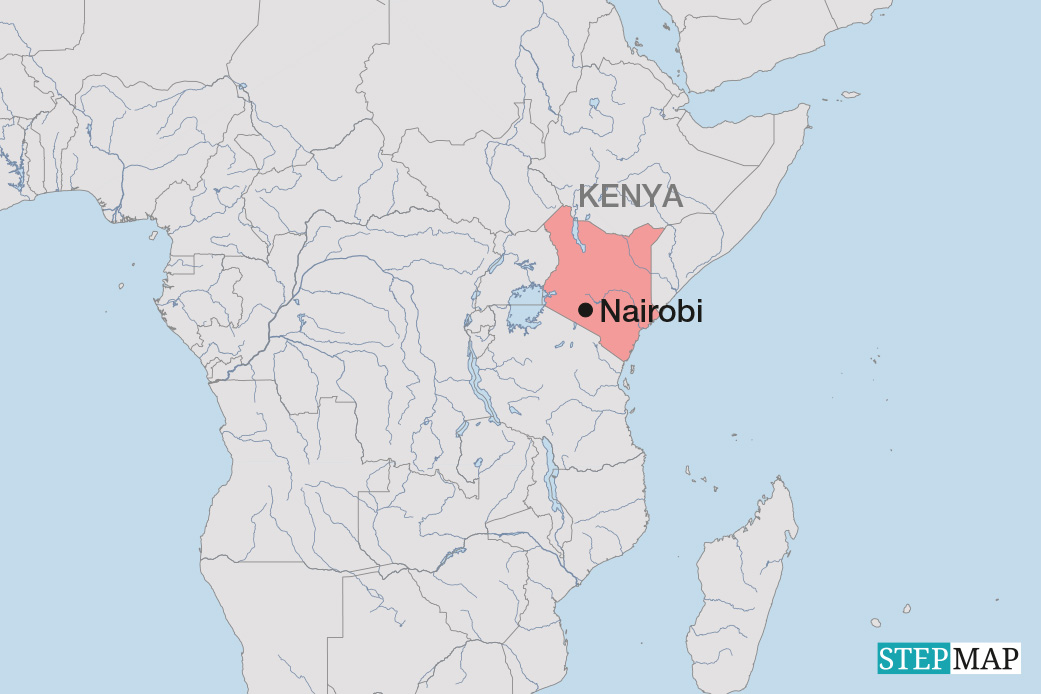Poverty
Growth alone won’t do
[ By Ursula Schäfer-Preuss ]
By any standards, the Asia and Pacific region has made remarkable progress in reducing poverty in the past decades. In the early 1970s, more than half of the region’s population lived on $ 1 or less per person each day, and were thus considered absolutely poor. By 1990 that population share had fallen to a third – or, in absolute numbers, around 900 million people. The figure has since further declined to about 620 million, and is projected to fall to 350 million by 2015.
Recently, a group of high-ranking experts predicted dramatic changes in Asia. The Eminent Persons Group (2007), which was convened by Haruhiko Kuroda, the president of the Asian Development Bank (ADB), to analyse future challenges, argued that fighting absolute poverty will not be a top priority in Asia in 2015.
Nonetheless, the issue of poverty will stay on the agenda. For one thing, two thirds of the world’s absolute poor are still living in Asia today. According to conservative estimates, moreover, 1.5 billion of the region’s people are expected to have to make do with less than $2 per person per day in 2015. Most of them will probably live in South Asia, but other areas will be affected too, including China. Recent trends indicate that disparities are not only growing in the region as a whole, but also within national borders.
The world over, poverty tends to be a predominantly rural phenomenon. That is also true of Asia. But although 70 % of the region’s poor do not live in cities, urban slums present a growing challenge. Every day, some 120,000 people newly migrate to Asian agglomerations.
Poverty is, of course, not only about income. It is a multidimensional issue that includes lack of services, deteriorating and unhealthy environments, inadequate living conditions and scant opportunities in general. If a real difference is to be made, poverty must be tackled holistically. Indeed, the Asia-Pacific region has seen progress on many fronts. To take just two important indicators, literacy levels increased from 47 % in 1970 to 77 % in 2002; and average life expectancy improved from 54.3 years to 66.6 years in that period.
Nonetheless, some depressing facts remain true. Worldwide, Asia is home to
– 71 % of the people without improved sanitation,
– 58 % of those without access to safe water,
– 56 % of the undernourished,
– 54 % of slum dwellers, and the region also accounts for
– 43 % of the world’s total child mortality.
Therefore, it should come as no surprise that not a single developing country in Asia is on track to meet all targets of the UN Millennium Development Goals (MDGs). Moreover, by sheer numbers, Asia’s problems even outweigh those of sub-Saharan Africa in sectors such as water and sanitation. Another obvious point of comparison is health. Most likely, there will be more HIV/AIDS infected people in Asia than south of the Sahara in 2015.
Though Asia’s population growth is indeed slowing, 400 million more people will live in the region by 2015. Accordingly, basic services will become even more strained, especially in urban areas. Some of the regions’ societies are ageing rapidly, with the share of people above 65 years increasing. Despite solid economic growth rates, the region will thus continue to face serious social problems. It will be necessary to provide more services, more food, more jobs and more housing.
A major concern is that employment has not kept pace with either economic or population growth in Asia. In the 1990s, additional percentage-points of economic growth correlated with fewer new jobs than would have been the case a decade earlier in many countries. According to conservative estimates (ADB, 2006), the region’s total labour force could be of around 1.7 billion people today – if only some 500 million people were not un- and underemployed.
In many countries, it is particularly important to generate jobs in the formal sector, where employment entails higher earnings, more job security, legal protection and social benefits. However, the share of formal employment has recently declined or stagnated in many countries. If job creation and growth, however, only result in an army of low-paid sweatshop workers, very little will be achieved in terms of alleviating the plight of Asia’s poor.
While growth has undoubtedly contributed to reducing poverty, income distribution has not become more equitable everywhere. In fact, it has often become less fair. In countries with pronounced social divides, economic growth tends to boost the incomes of the better-off much more than it does those of the poor (Chatterjee, 2005).







